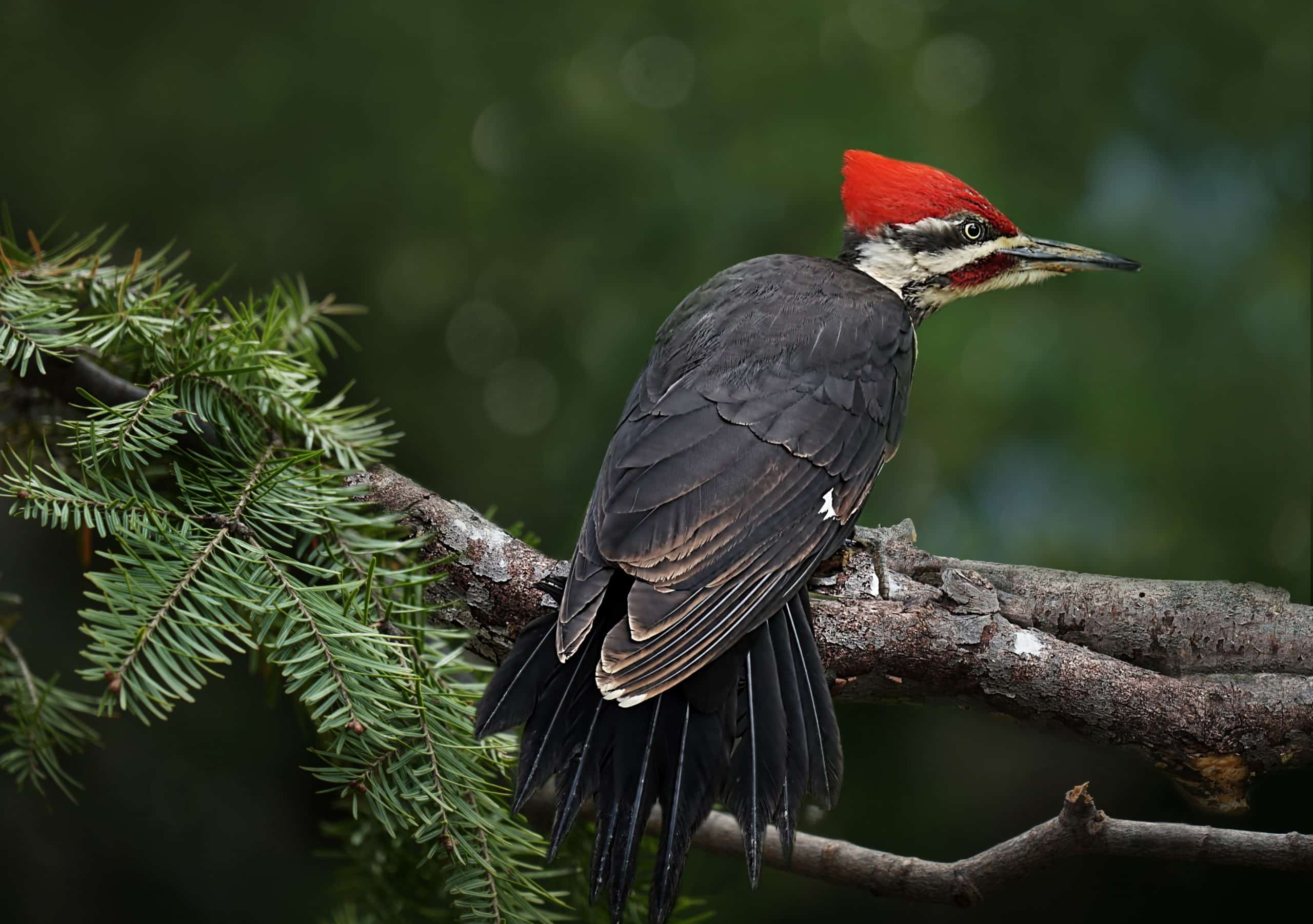Observing Woodpeckers in Florida: Variety Variety and Circulation
Observing Woodpeckers in Florida: Variety Variety and Circulation
Blog Article
Introducing the Secrets of Woodpeckers: Habits, Environment, and A Lot More
Woodpeckers, with their distinct actions and specialized adjustments, have actually long amazed scientists and nature fanatics alike. By uncovering the secrets surrounding woodpeckers' habits and environment options, a deeper understanding of these bird marvels arises, using a look right into their fascinating world.
Woodpecker Behavior Insights
In checking out woodpecker habits, a remarkable display screen of specialized abilities and adjustments emerges, clarifying their amazing eco-friendly niche - Woodpeckers in Florida. Woodpeckers, known for their unique drumming on trees, possess a selection of behavior characteristics that add to their survival and success in their environment. One vital actions is their drumming, which serves several objectives such as interaction, establishing territory, attracting mates, and locating food resources. This balanced pecking likewise showcases their impressive toughness and endurance, as they can hammer away continuously at high speeds without triggering harm to themselves.
Furthermore, woodpeckers exhibit a special feeding actions identified by their capability to essence pests from tree bark utilizing their specialized beaks. Their long, barbed tongues aid in catching prey, while their strong neck muscles offer stability and accuracy during pecking motions. This feeding method permits woodpeckers to accessibility hidden insect larvae and remove them with impressive effectiveness.
Environment Preferences and Option
What factors affect the environment choices and choice of woodpeckers? Woodpeckers are very adaptable birds recognized to occupy various atmospheres worldwide. They do display choices for specific habitat characteristics. One critical variable influencing woodpecker environment selection is the availability of ideal nesting sites. Woodpeckers usually like woodlands with a mix of fully grown trees that provide sufficient chances for tooth cavity excavation. These cavities offer as essential nesting and roosting sites for woodpeckers and are essential for their reproducing success.
Furthermore, woodpeckers show a preference for environments with a plentiful supply of food resources. They are largely insectivorous, feeding on beetles, ants, larvae, and other insects discovered in rotting timber or tree bark. Woodpeckers have a tendency to prefer woody locations with a diverse insect click this population to fulfill their nutritional demands.
Moreover, the existence of dead or worn out trees is one more key element in woodpecker environment selection. These trees not only give food resources yet also provide appropriate substrate for cavity excavation. Dead trees are important for the upkeep of healthy and balanced woodpecker populations, as they play a vital function in the woodpeckers' life cycle and ecological community characteristics.
Feeding Behaviors and Diet Plan Make-up
Woodpeckers show a specialized feeding actions read the article concentrated on foraging for bugs within numerous environments. In addition to pests, woodpeckers additionally consume tree sap, fruits, nuts, and seeds, adding range to their diet regimen depending on the period and availability of food sources.
The foraging strategies of woodpeckers are well-adapted to their arboreal lifestyle. Woodpeckers play an important function in maintaining the wellness of woodlands by regulating insect populations and assisting in the disintegration of timber.
Drumming Sounds and Interaction
Using quick drumming audios on different surface areas, woodpeckers use a distinctive form of communication to signify region borders and attract companions. This drumming actions is not just a method of communication however also functions as a means for woodpeckers to develop their presence within a specific area. The strength, rate, and pattern of the drumming can communicate vital this website details to other woodpeckers around.
Woodpeckers utilize drumming audios to reveal their existence in a territory and to advise off prospective burglars. The loud and recurring nature of the drumming offers as a clear signal to other woodpeckers that the location is already claimed. This aids in reducing problems and decreasing physical battles between people.

Survival Adaptations and Specialized Anatomy

Conclusion
Finally, woodpeckers display one-of-a-kind actions, such as drumming audios for interaction, and have specialized anatomy for survival in their picked environments. Their feeding practices and diet regimen make-up additionally demonstrate their adaptability to various atmospheres. By recognizing these facets of woodpeckers, researchers and preservationists can better shield and maintain these fascinating birds and their ecological communities.
Report this page